Forex Price Action Trading: Analyzing Price Movements Without Relying on Indicators
In the world of Forex trading, there are numerous strategies and techniques used by traders to predict market movements and make profitable trades. One such approach is "Price Action Trading," which involves analyzing price movements without relying on indicators. In this article, we will delve into the concept of Forex price action trading, understand its principles, and explore its advantages over indicator-based trading strategies.
Table Content
1. What is Price Action Trading?
2. The Core Principles of Price Action Trading
3. Advantages of Forex Price Action Trading
4. Step-by-Step Guide to Implement Price Action Trading
5. Footnote
6. Frequently Asked Questions (FAQs)
What is Price Action Trading?
Price action trading is a methodology that focuses on analyzing historical price movements to forecast future market directions. Instead of relying on complex indicators, price action traders observe candlestick patterns, chart formations, and market structure to make informed trading decisions. By understanding how price has behaved in the past, traders aim to identify potential entry and exit points with a higher probability of success.
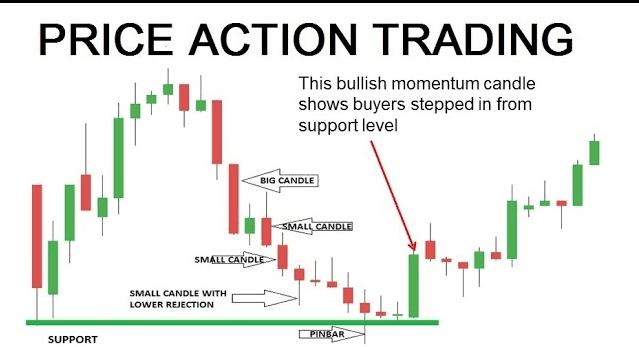
The Core Principles of Price Action Trading
A.Candlestick Patterns: Candlestick charts provide valuable insights into price behavior. Traders look for patterns like Doji, Hammer, Engulfing, and Harami, among others, to spot potential reversals or continuation signals.
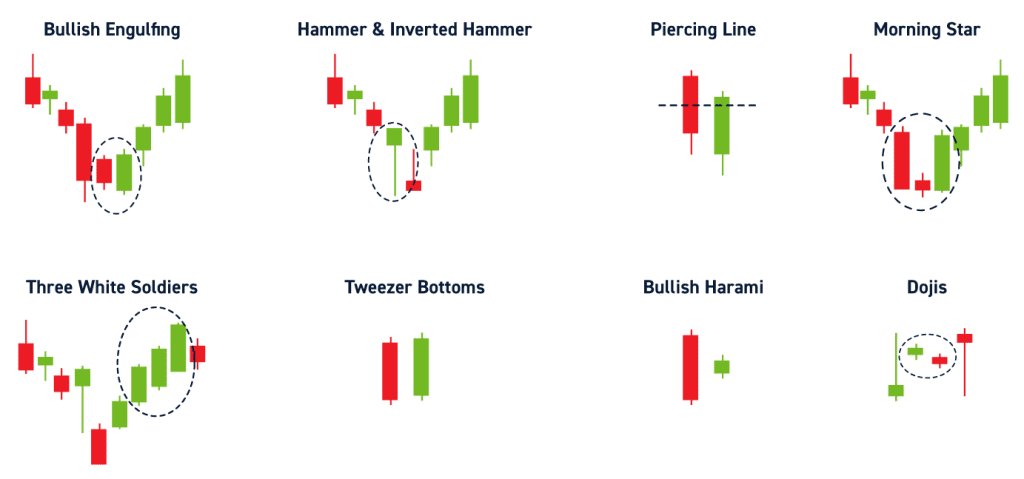
B. Support and Resistance Levels: Price action traders identify key support and resistance levels on the charts. These levels represent areas where price has historically stalled or reversed, offering potential trading opportunities.
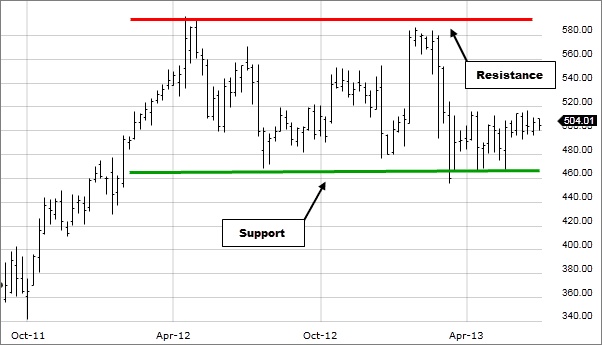
C. Trend Analysis: Analyzing the direction and strength of trends is crucial in price action trading. Trends can be upward, downward, or sideways, and recognizing them helps traders align their positions with the prevailing market sentiment.
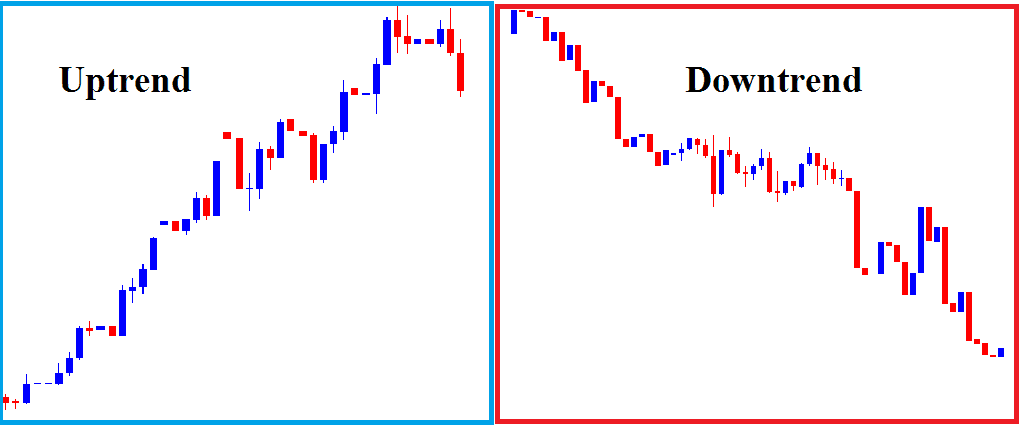
Advantages of Forex Price Action Trading
- Clarity and Simplicity: Price action trading avoids the clutter of numerous indicators and focuses on clear chart patterns, making it easier for traders to understand and implement.
- Universal Applicability: The principles of price action trading are applicable to various financial markets, including stocks, commodities, and cryptocurrencies, making it a versatile approach for traders.
- Real-Time Decision Making: Price action trading allows traders to analyze current market conditions and make real-time decisions without lagging indicators.
Step-by-Step Guide to Implement Price Action Trading
Step 1: Setting Up Your Charts
Begin by selecting a trading platform that offers candlestick charts. Set the timeframes according to your trading preferences (e.g., daily, hourly, or 15-minute charts).
Step 2: Identify Trends
Analyze the charts to identify the prevailing trend. Look for higher highs and higher lows in an uptrend or lower highs and lower lows in a downtrend.
Step 3: Recognize Key Support and Resistance Levels
Locate significant support and resistance levels on your charts. These areas are likely to influence price movements.
Step 4: Observe Candlestick Patterns
Keep an eye out for candlestick patterns forming at key support or resistance levels. These patterns can provide valuable entry or exit signals.
Step 5: Apply Risk Management
Implement proper risk management techniques, such as setting stop-loss orders and position sizing, to protect your capital.
Footnote
In Summary, forex price action trading is a powerful and widely-used approach in the world of Forex trading. By focusing on historical price movements, traders gain valuable insights into market behavior, leading to more informed trading decisions. It offers simplicity, versatility, and real-time applicability, making it a favored choice among traders seeking a less complicated and more intuitive trading strategy.
Frequently Asked Questions (FAQs)
1. Is price action trading suitable for beginners?
Yes, price action trading can be beneficial for beginners as it provides a strong foundation in understanding market dynamics without overwhelming complexity.
2. Can price action trading be combined with other strategies?
Absolutely! Many traders incorporate price action analysis into their existing trading strategies to enhance their decision-making process.
3. Does price action trading guarantee profits?
While price action trading improves the likelihood of successful trades, it does not guarantee profits. Risk management and discipline are essential for consistent success.
4. What timeframes are best for price action trading?
Price action strategies can be applied across various timeframes, but shorter timeframes like the 15-minute or 1-hour charts are popular among day traders.
5. Are there any reliable resources to learn more about price action trading?
Yes, there are numerous books, online courses, and video tutorials available that delve into price action trading in-depth, suitable for both beginners and experienced traders.
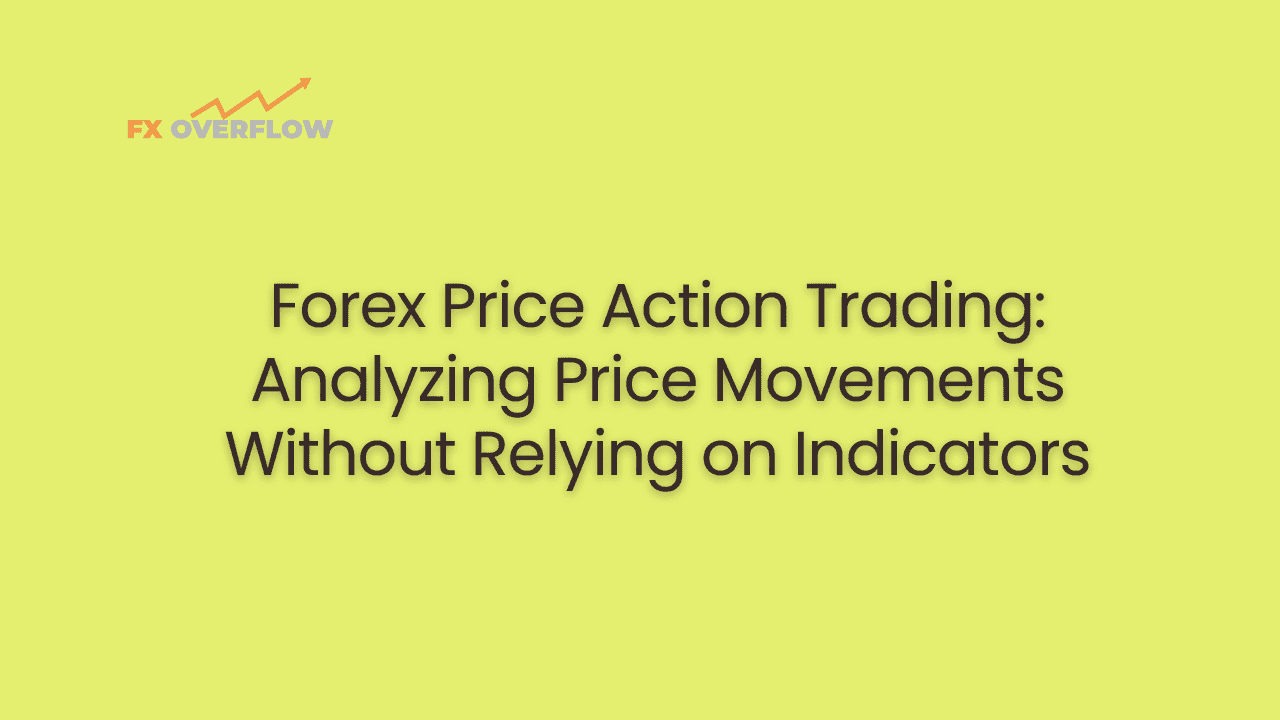










Discussion